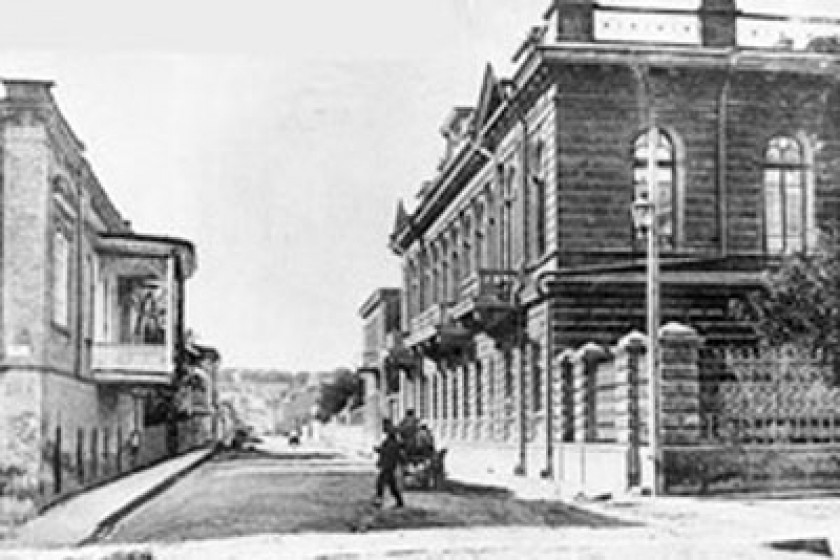
Old and New Yerevan
The Communist propaganda machine did all it could to wipe out memories of Old Yerevan. Streets that bore the mark of history have disappeared, as have architectural monuments and, most importantly, the names that were associated with all these structures. All this was done under the pretext of building a new capital for all Armenians. Until then, Yerevan, with its dusty and crooked streets, with shops and markets crowding each other, could not even be called a city. At least that's how it was presented.
To make sure that nothing was left to speak of Old Yerevan, its history was often erased. The Church of Poghos and Petros was demolished and the Moscow Cinema erected in its place. The Chapel of Gethsemane was replaced by the Opera. The Mler cemetery and chapel made way for the Pantheon.
The construction work under way in Yerevan for the past six years has once again managed to destroy old sections of cultural and architectural value in the capital.
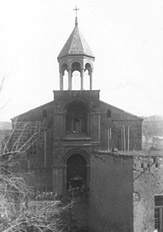 |
 |
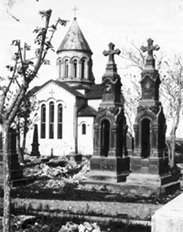 |
| Church of Poghos and Petros | Chapel of Gethsemane | Mler cemetery and chapel |
Marietta Gasparyan, head of the Department for Scientific Research in Architectural and Cultural Heritage had the following explanation. "A city is a city due to the different cultural layers it holds, which are architecturally instilled next to each other. That is of interest to tourists visiting Armenia as well, who would like to see things here that they don't have back home. Tourists come to Yerevan today and say 'What are you tearing down here, and what will you build in its place?'"
Architect Narek Sargsyan took a more radical approach to such architectural issues. "Although different cultural layers are essential to a city, one shouldn't go to extremes to preserve them. A city is a living organism, and the parts that hamper its vital functions need to be removed from time to time," said former Head Architect of Yerevan Narek Sargsyan.
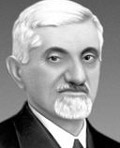 As a city with an established plan, Yerevan was shaped in the beginning of the twentieth century through Alexander Tamanyan and his school of architecture. Tamanyan's new architecture also went against old principles back then, but tasteful solutions were found, making everything look natural. Tamanyan succeeded in harmonizing the old Armenian style with principles of modern architecture.
As a city with an established plan, Yerevan was shaped in the beginning of the twentieth century through Alexander Tamanyan and his school of architecture. Tamanyan's new architecture also went against old principles back then, but tasteful solutions were found, making everything look natural. Tamanyan succeeded in harmonizing the old Armenian style with principles of modern architecture.
Architect Levon Vardanyan considers it unforgivable to interfere in the fate of buildings erected through Tamanyan's plan. "We should be caring toward the architecture of Tamanyan and his school, but privatization has come and ruined everything. We had buildings with excellent attics across from Karapi Lich (Swan Lake). But we have no law regarding this specific type of attic. That is why everyone who got the opportunity manipulated the attics. And, in general, many new floors are being constructed on top of Yerevan's old buildings, and that new architecture has nothing in common with the old styles in which the buildings are fashioned," said Vardanyan.
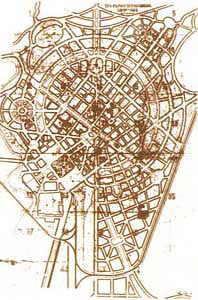 Shahumyan Square is a symbolic panorama of Yerevan's architectural situation. It contains the recent Communist past (represented by the statue of Shahumyan statue), the present of the independent republic (Congress Hotel) and the unpredictable future (the demolished Sevan Hotel). This small area is the only section in the capital where structures from the 19th century and the Soviet and post-Soviet eras of the 20th century stand side by side. A 21st century structure should appear on it at any moment.
Shahumyan Square is a symbolic panorama of Yerevan's architectural situation. It contains the recent Communist past (represented by the statue of Shahumyan statue), the present of the independent republic (Congress Hotel) and the unpredictable future (the demolished Sevan Hotel). This small area is the only section in the capital where structures from the 19th century and the Soviet and post-Soviet eras of the 20th century stand side by side. A 21st century structure should appear on it at any moment.
While the Soviet government had ideological reasons to erect statues of Communist leaders to replace churches, motivation in our days is purely financial - buildings that are lucrative are built, while cultural and historical monuments that do not bring anyone any profit end up "hampering" the construction process, occupying spots in the city center. Yet another historical building was recently demolished - the Officer's House. This building was constructed in 1842 and had great historical as well as architectural value.
Karo Ayvazyan, head of the Yerevan Regional Agency for Monument Protection, assured us that the demolished buildings would be erected again in exactly the same way. "I would like to announce officially that after the construction is over, these buildings will either be erected again in their old locations, or in other locations, but obviously with different functional significance. Public discontent with the destruction of monuments is justified, but only in cases before 2004. In 2004, the government finalized the state list for the preservation of Yerevan's cultural and historical monuments. Those monuments are now under the protection of the government and even if they are being torn down now, they will be put back up later," said Ayvazyan.
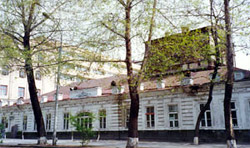 |
| Officer's House |
When the construction boom of 2000-2004 began, there was no institution with the authority to intervene in the destruction of monuments, because no list of Yerevan monuments had been finalized for preservation by the government. This was during a period of time when City Hall was realizing a number of huge construction programs, including the Northern Avenue project. More than five monuments were destroyed during this period alone. Marietta Gasparyan, head of the Department for Scientific Research in Architectural and Cultural Heritage, recalled the attitude of Narek Sargsyan, former Head Architect, towards that situation. "The Northern Avenue head architect would often be surprised how a monument or old building was destroyed. It turned out that he did not know about it. After learning that Gabriel Gabrielyan's house on Abovyan 1/4 was destroyed he said, 'Oh no, I'd wanted that to remain.' And then they shamelessly announced that they weren't the ones who had destroyed that building, it had been the homeless."
Narek Sargsyan had another proposal for the preservation of monuments. "It is good for a city to have monuments and old buildings, but if there is a greater architectural issue to be tackled, then those monuments need to be moved to a different location. All the old buildings now located on Alaverdyan Street were once moved from a different location and rebuilt there. Does anyone remember that now?" he said.
The list of monuments under state protection includes 975 structures. A state program for the relocation of monuments has been underway since 2004, and the list of monuments to be relocated contains fourteen.
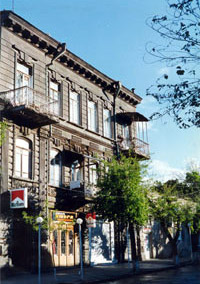 |
| Gabriel Gabrielyan's house |
"That list was compiled by the Agency for Monument Protection on one hand and the Yerevan Mayor's Office on the other. The Mayor's Officer had no authority to intervene in this process. It cannot provide specialized assessment for buildings and decide which need to be considered monuments and which do not. Besides, how can they have a say in the preservation of monuments if they represent the other side - the builders? And their opinion was not their own, it was dictated to them. If a rich buyer had his eye on a piece of land, then they made sure that no monuments were registered on that land," said Marietta Gasparyan.
The location to which monuments will be moved has already been decided. They will be "united" in the area behind Sil Plaza, on Aram, Buzand and Koghbatsi streets. Creating this monument zone on one hand will rescue those structures from certain destruction, but on the other hand will deprive them of existence in their historical environment.
"Sooner or later cafes and other eateries will come up in that area. At least let there be a few monuments as well. If they don't stand the test of time, then let the generations to follow tear them down," said architect Levon Vardanyan.
Regarding the new buildings being constructed, Marietta Gasparyan said, "Future generations will treat these new buildings the same way that current architects are treating the old ones, i.e. they will demolish them. This means that we will never have a preserved historical layer in our city, we will destroy it as soon as it comes up."
A number of modern generations stand are caught up in the clash between Old and New Yerevan. The fate of any historical heritage is decided not only by construction plans, but also through human psychology and the mindset of the generations concerned.
"Today's society is neoliberal. It is in conflict with Soviet ideology, which dictated the lifestyle of everyone on its territory in that era. Today's citizen, finding himself in new social conditions, says 'From now on I will make decisions regarding my own lifestyle, my street, my part of town, and, also the lifestyle of my neighbor.' That is why there is a hostile attitude towards the architecture of the previous era," said art specialist Ruben Arevshatyan.
Fate is such that the builders of New Yerevan today are those who, whether they mean to or not, like it or not, have rejected Old Yerevan. They are the ones who have received economic and psychological independence and have broken free from memories of old times.
Anna Sargsyan
 Videos
Videos Photos
Photos
Write a comment